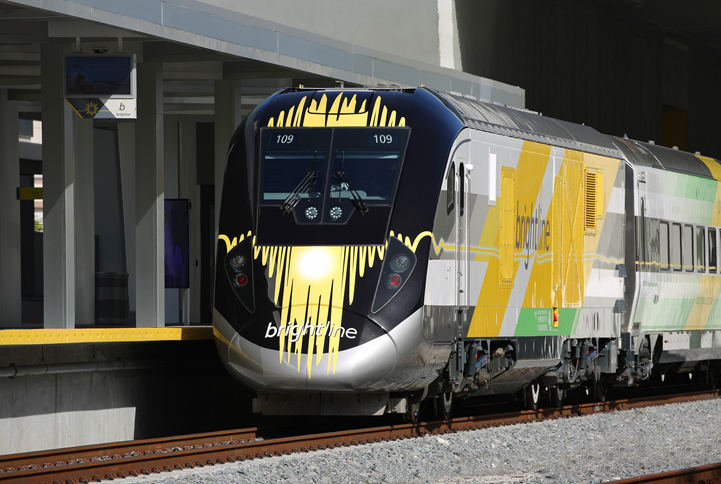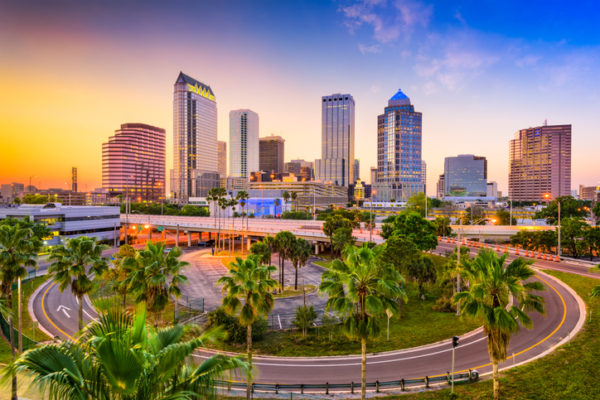A proposed passenger rail line between Tampa Bay and Orlando would provide a fast, comfortable option for travel between the two cities, and has cleared several initial hurdles toward becoming a reality as early as 2021.
The proposed project, which is privately funded, would impact commuters, vacation travelers, and others who travel between the cities. It would also have a potentially substantial impact on the economies of both cities, including on property values.
Here’s what you need to know about the proposed line.
About The Rail Line Itself
The passenger rail line was originally proposed by Brightline, soon to be Virgin USA, which already runs a similar rail line between Miami and West Palm Beach, with plans to expand from those cities to Orlando.
The company has been awarded, by the Florida Department of Transportation and Central Florida Expressway Authority, the right to negotiate for right-of-way leases necessary to create the Tampa to Orlando line.
The trains would move at speeds up to 125 mph, providing a one-way trip between the cities in about one hour. The cars will have leather seats, food and beverage service, and free high-speed WiFi. The service is projected to transport about 2.9 million passengers a year.
One-way ticket prices are proposed at $35 each.
Why Now
The idea of a passenger rail between Tampa and Orlando is not new. In 2011, the Obama administration offered $2.4 billion in federal funds to invest in a high-speed rail between the two cities. Governor Rick Scott rejected the funds, citing fear of cost overruns which would fall back on the state of Florida.
The newly proposed rail line would not technically be “high speed,” as it will be slower than the minimum 200 mph to qualify for that designation. However, its $1.7 billion price tag will be paid entirely by private investment. Further, state officials claim that they will require “adequate safeguards” against shortfalls and travel disruptions that could arise if Virgin USA defaults on its agreements, before approving any leases.
How It Will Impact Tampa
The benefits of the rail line to commuters and other travelers between Tampa and Orlando are obvious. It will reduce travel time from 1.5 hours by passenger car, under ideal conditions, to a reliable one hour. It provides a hassle-free option for those who prefer to ride than to drive and may reduce traffic congestion for everyone.
But it also promises to benefit the city of Tampa in other ways. Brightline/Virgin USA president Patrick Goddard says their rail line between Miami and West Palm Beach has created thousands of jobs in those cities and “generated substantial economic impact.”
In other cities as well, rail line projects create substantial economic growth around rail stations. Property values around stops grow rapidly as developers move in to meet the demand for residential and retail options close to the rail stops.
As demographics change, so does the need for more of this type of development. Members of the Millennial generation, now a substantial and productive portion of the workforce, are much more likely to utilize public transportation and often choose their residence and their jobs based on access to public transit.
For this reason, projects like the rail line impact not only the value of property in the city but also the ability of employers to attract and retain talent.
Many questions still remain, including where the stations will be developed, how many stops and the location of those stops, and where exactly the rights of way will be purchased, but so far the rail line project has gotten green lights from everyone involved.
At GLE, we are experienced in helping both private and public developers understand the environmental impacts and responsibilities of development. We’d love to talk to you about your upcoming projects. Contact us today.




